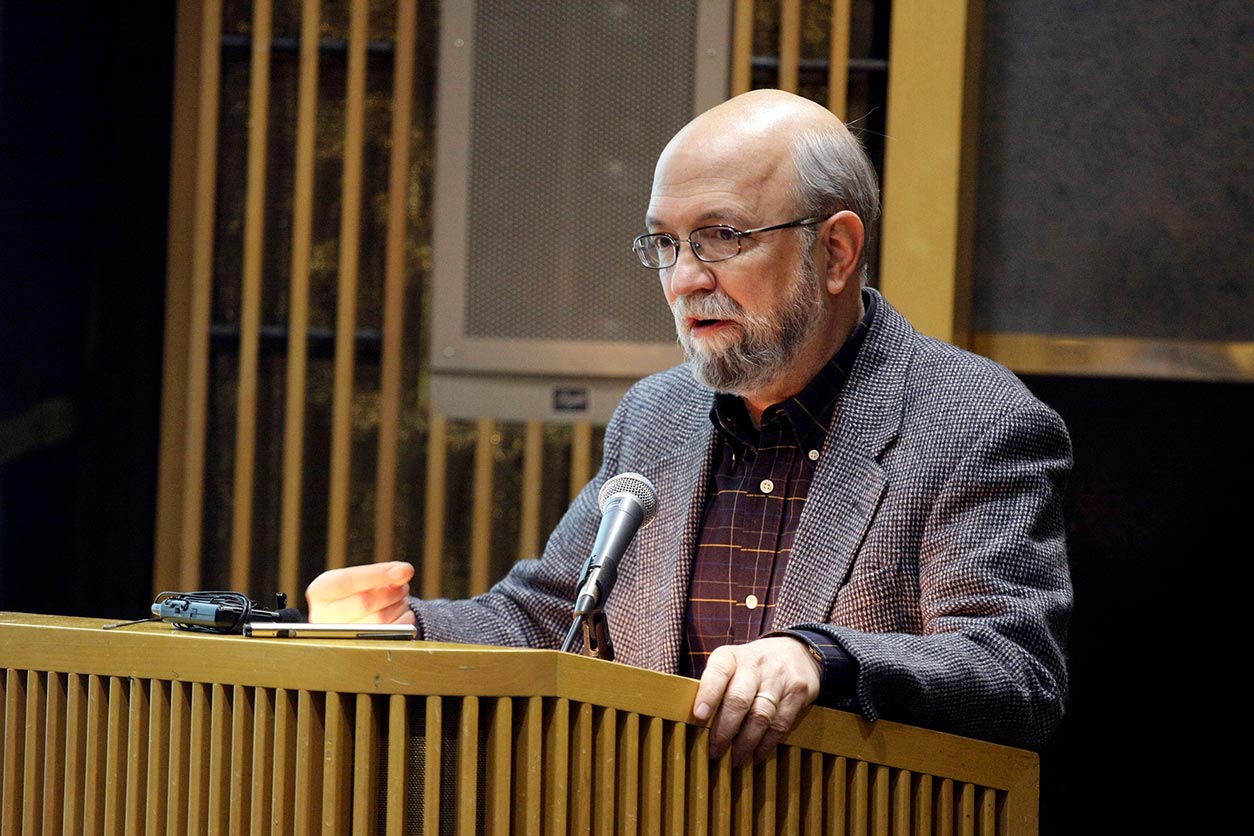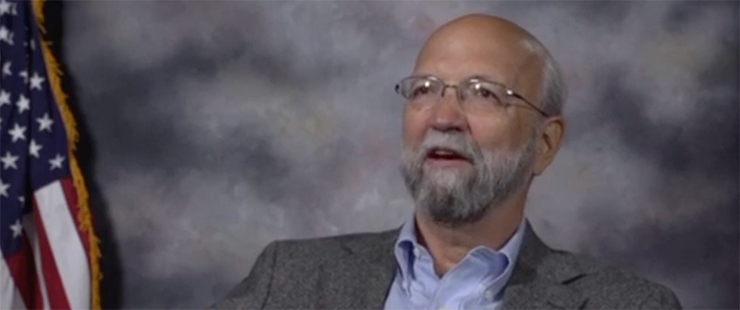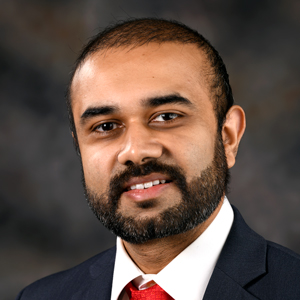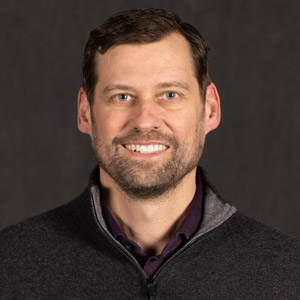During his career at NIEHS as a reproductive epidemiologist, Allen Wilcox, M.D., Ph.D., has received many accolades for his discoveries in the study of fertility and pregnancy. As he looks forward to retiring from the institute in June, he will add one more commendation to his list — Emeritus Investigator. The new position will allow him to focus exclusively on research, or as he puts it, 'all the good stuff.'
 'To be able to address important biological questions that I’m passionate about and have them be accepted as part of the mission of the institute has been a great fit for me,' Wilcox said. (Photo courtesy of Steve McCaw)
'To be able to address important biological questions that I’m passionate about and have them be accepted as part of the mission of the institute has been a great fit for me,' Wilcox said. (Photo courtesy of Steve McCaw)Being lucky
Early in his career, one of Wilcox’s role models was Johns Hopkins University epidemiologist George Comstock, M.D., Dr.P.H.. Comstock served as doctoral advisor to NIEHS Epidemiology Branch Chief Dale Sandler, Ph.D. when she was in graduate school, and she introduced the two men.
Wilcox and Sandler recall that one of Comstock’s frequent sayings was that he had been lucky all of his life. They used to wonder how such an accomplished scientist could say he was lucky. Wilcox said that in hindsight, coming to NIEHS straight out of graduate school in May 1979 was the beginning of his own 40-year lucky streak.
'Dave Hoel headed the combined NIEHS epidemiology and biostatistics program at the time, and he told our small group, which included Sandler, Walter Rogan, M.D., and Richard Everson, Ph.D., to 'do good research and write good papers,'' Wilcox said. 'We were all green and a little unsure how to do that, but we shared ideas and had the resources to do good work.'
Sandler said one of the reasons they were successful was that, 'The institute was small, and we had direct access to leadership when we needed it.'
Collaboration is crucial
Out of this fruitful environment came Wilcox’s first big research endeavor, the Early Pregnancy Study. The team collected daily urine samples from 221 women trying to get pregnant and quickly filled a walk-in freezer with 28,000 urine samples. The plan was to assay these samples for the pregnancy hormone human chorionic gonadotropin, and measure pregnancy loss at a stage so early the women did not know they were pregnant.
When Clarice Weinberg, Ph.D., came to the institute in 1983 and Donna Baird, Ph.D., a year later, their expertise greatly expanded the possibilities of the study. Wilcox knew the research was going to generate a lot of data that he did not know how to analyze. Weinberg created new biostatistical methods for analysis, and Baird organized and supervised the urine sample assays that examined hormones involved in ovulation.
Once the scientists were able to identify the day of ovulation, which took years of laboratory and statistical analysis, they could address a completely different set of interesting topics, such as fertile days of the cycle, when intercourse would lead to pregnancy, and questions surrounding the events of conception. They showed that the fertile window is six days in each menstrual cycle ending with ovulation, and that 25% of pregnancies are lost before women recognize they are pregnant.
'My interest in genetic epidemiology started one day while we were walking together to the parking lot,' Weinberg said. 'Allen is a remarkable human being and a careful and lucid thinker, who has had a huge effect on my own professional development.'
Norway, a special place
Another theme in Wilcox’s research has been his long-standing collaborations with Norwegian researchers. Norway and other Scandinavian countries are a goldmine for epidemiology, because they have well-organized health registries that include the entire population.
Norway started its birth registry in 1967. The people born into that registry are now 52 years old and have completed their own reproductive life. Their children have grown up and had children of their own. The registry provides a wonderful opportunity to look at reproductive issues and how risk is transmitted in families.
Wilcox started this rewarding relationship with Norwegian researchers in 1986 when a young scientist from Bergen, Norway asked to come spend a year at NIEHS. Other collaborations continue to this day.
As Baird reflected on her 35-year partnership with Wilcox and Weinberg on the Early Pregnancy Study, she said the work still prompts them to ask new questions and have impassioned discussions about methods and findings.
'Best of all,' she added, 'we still find surprises.'










